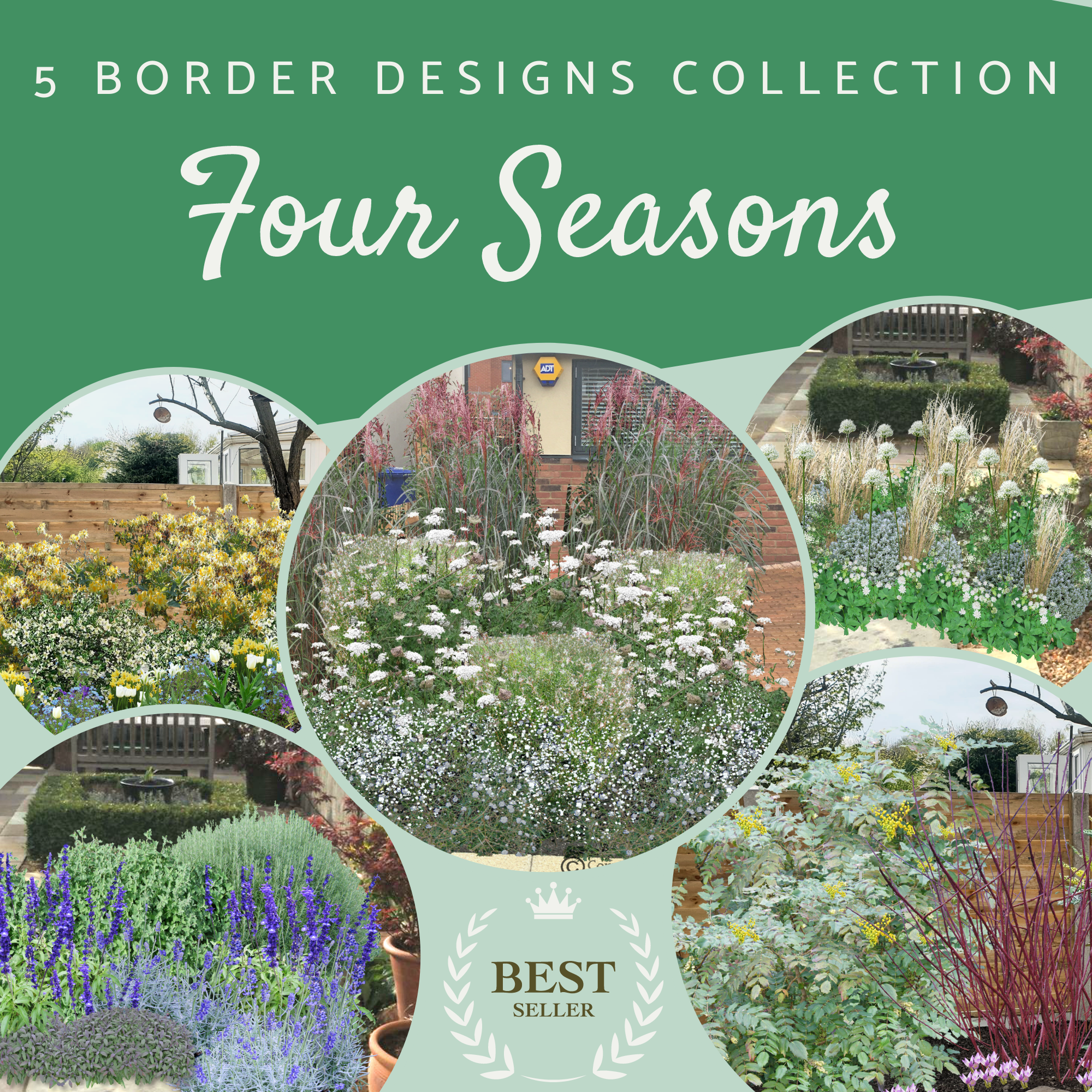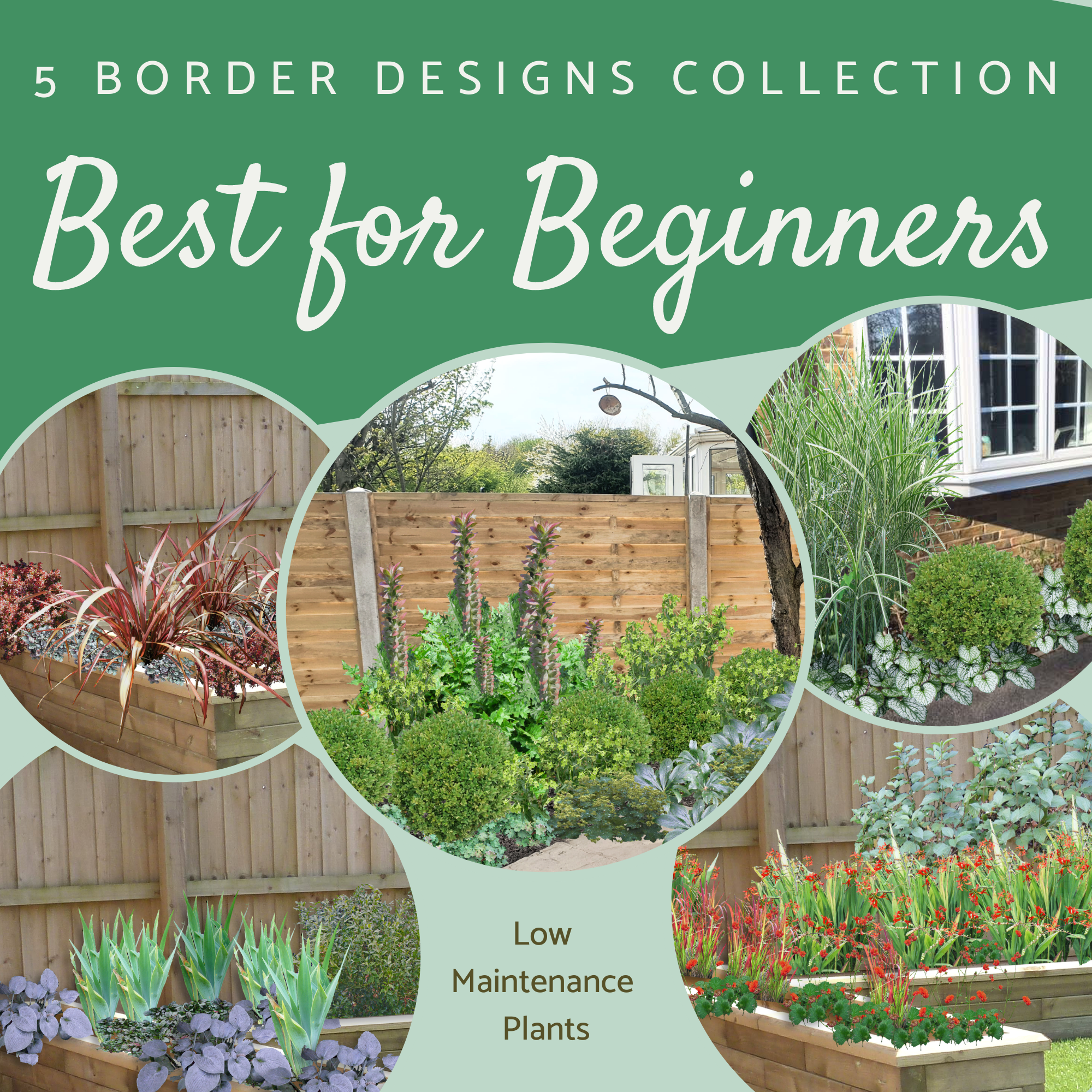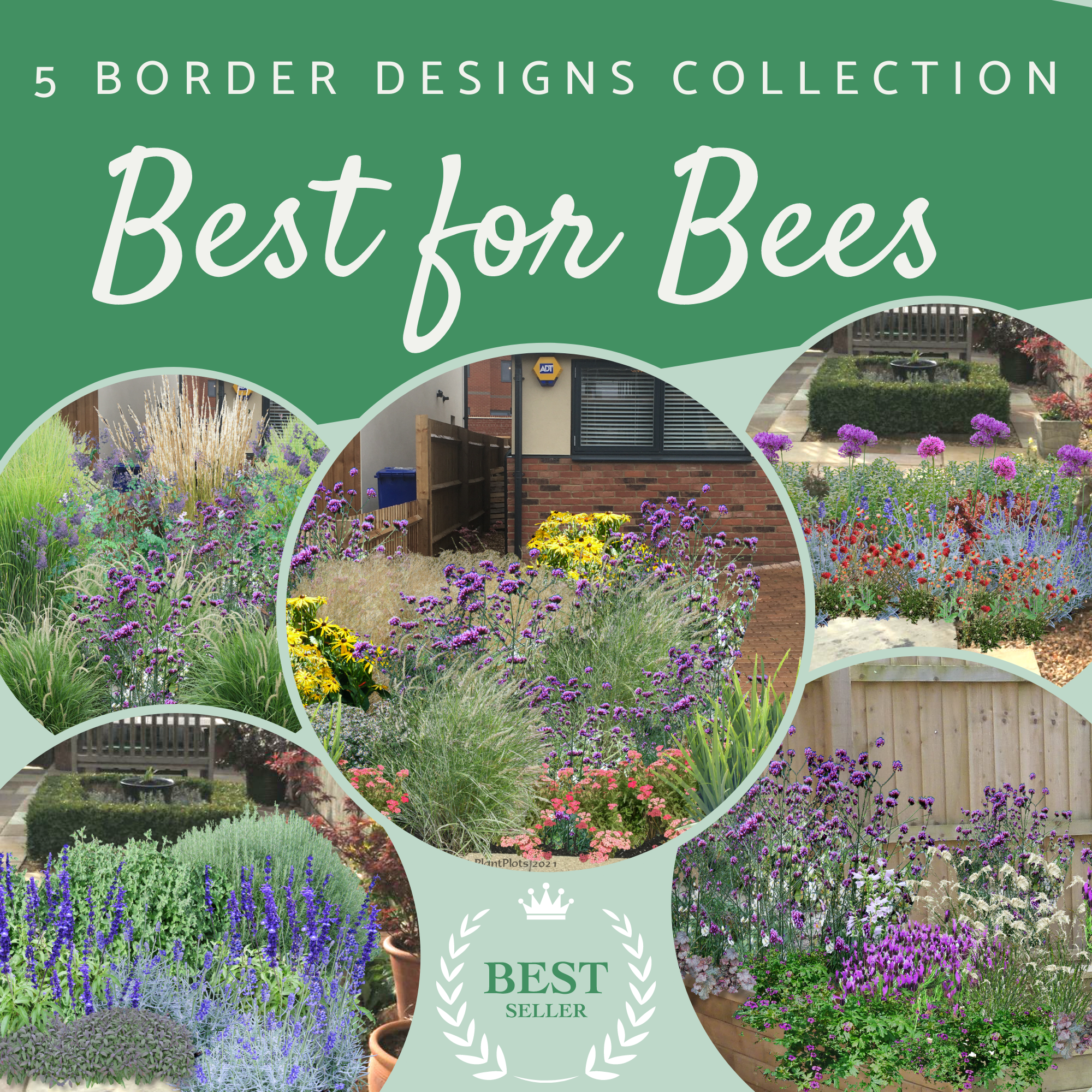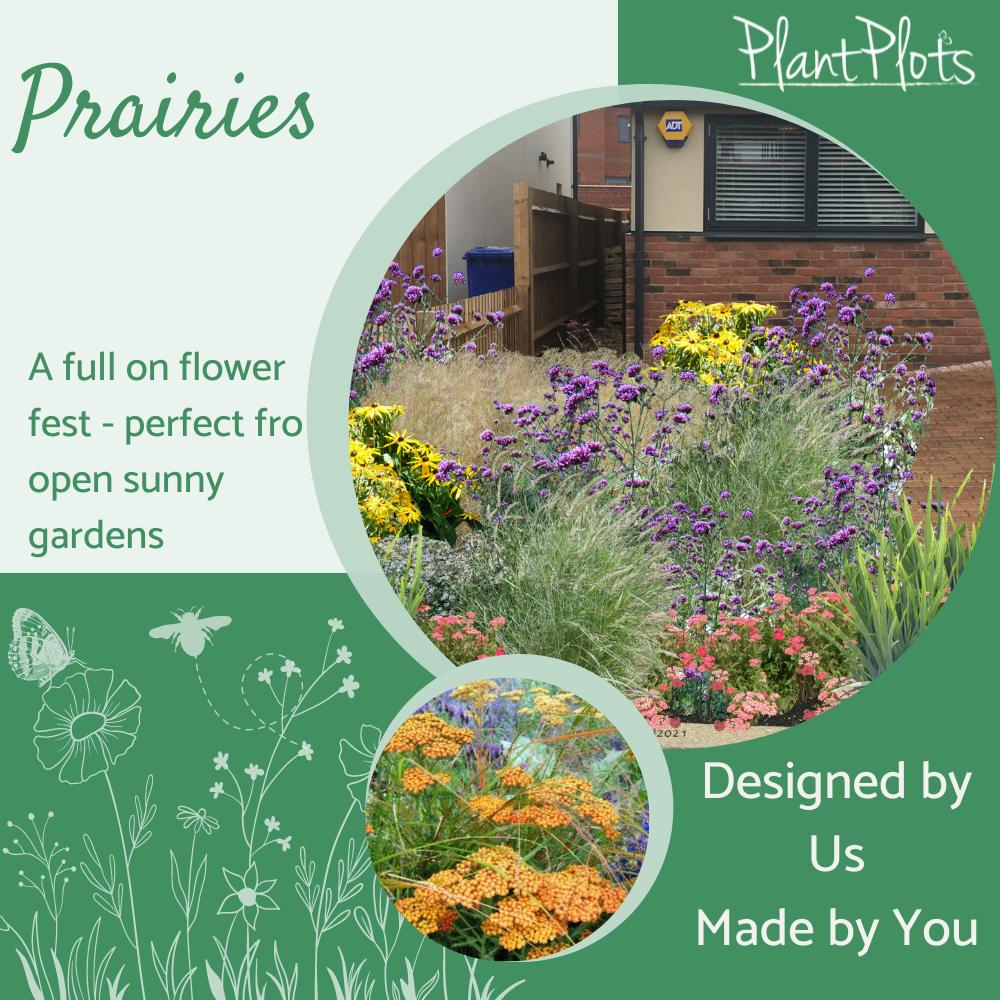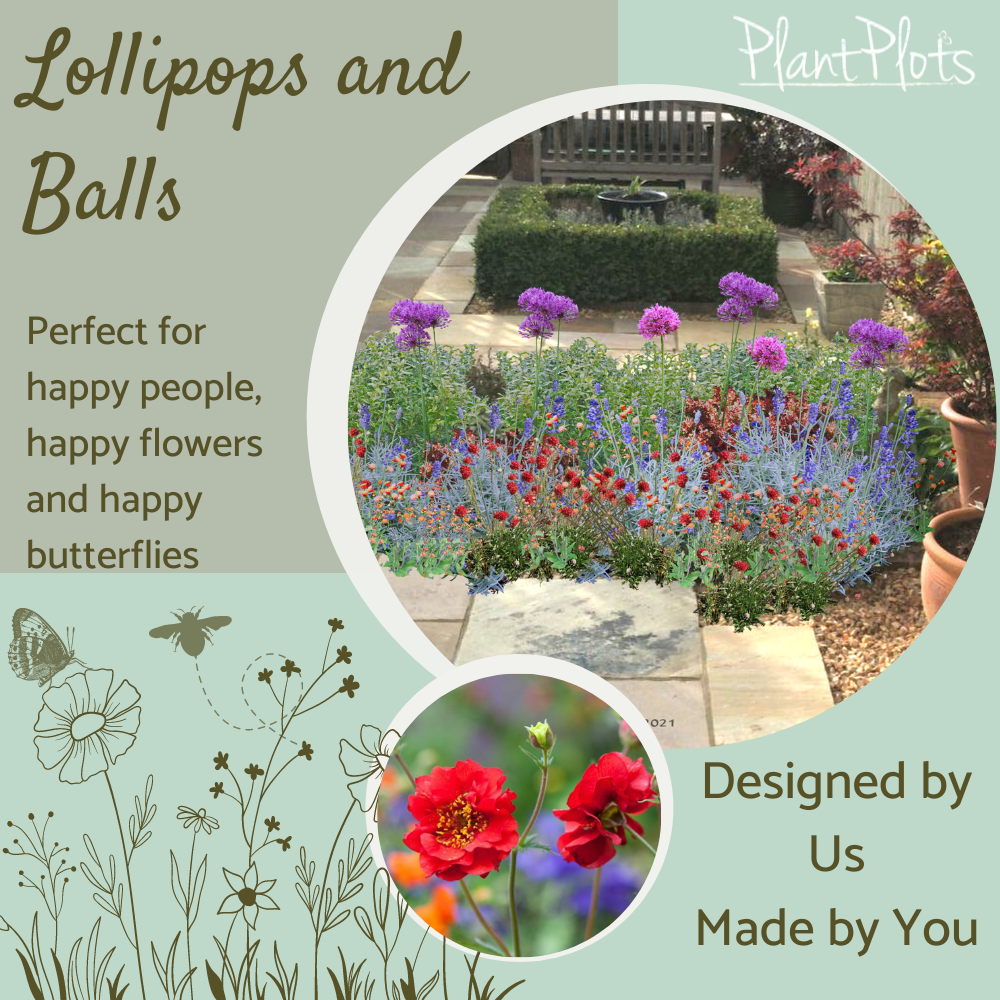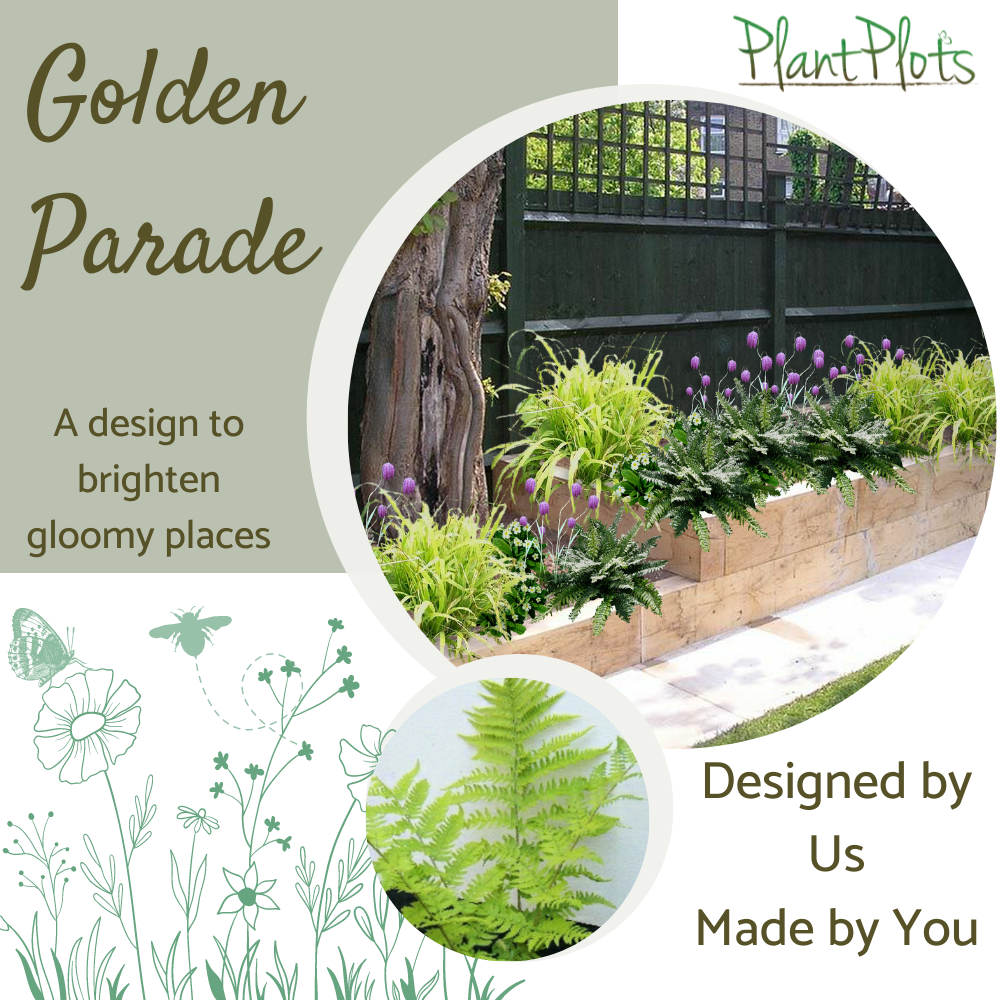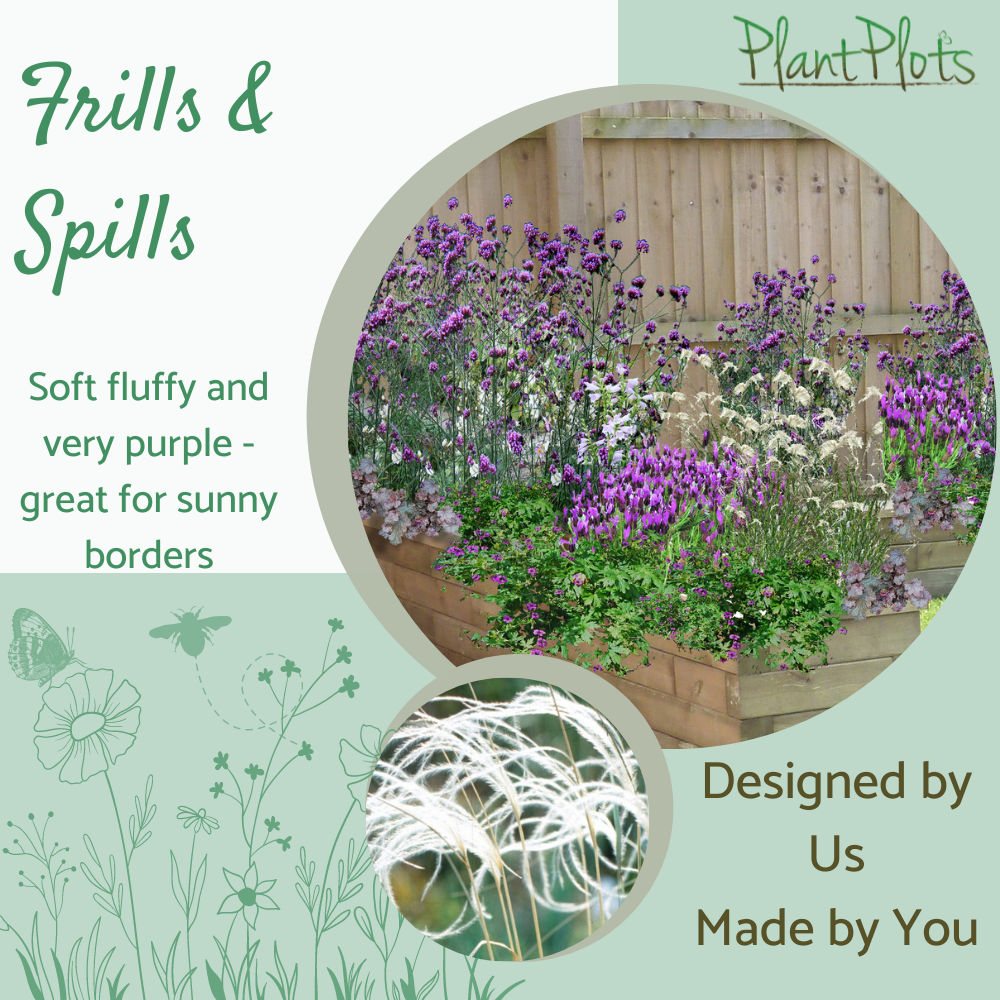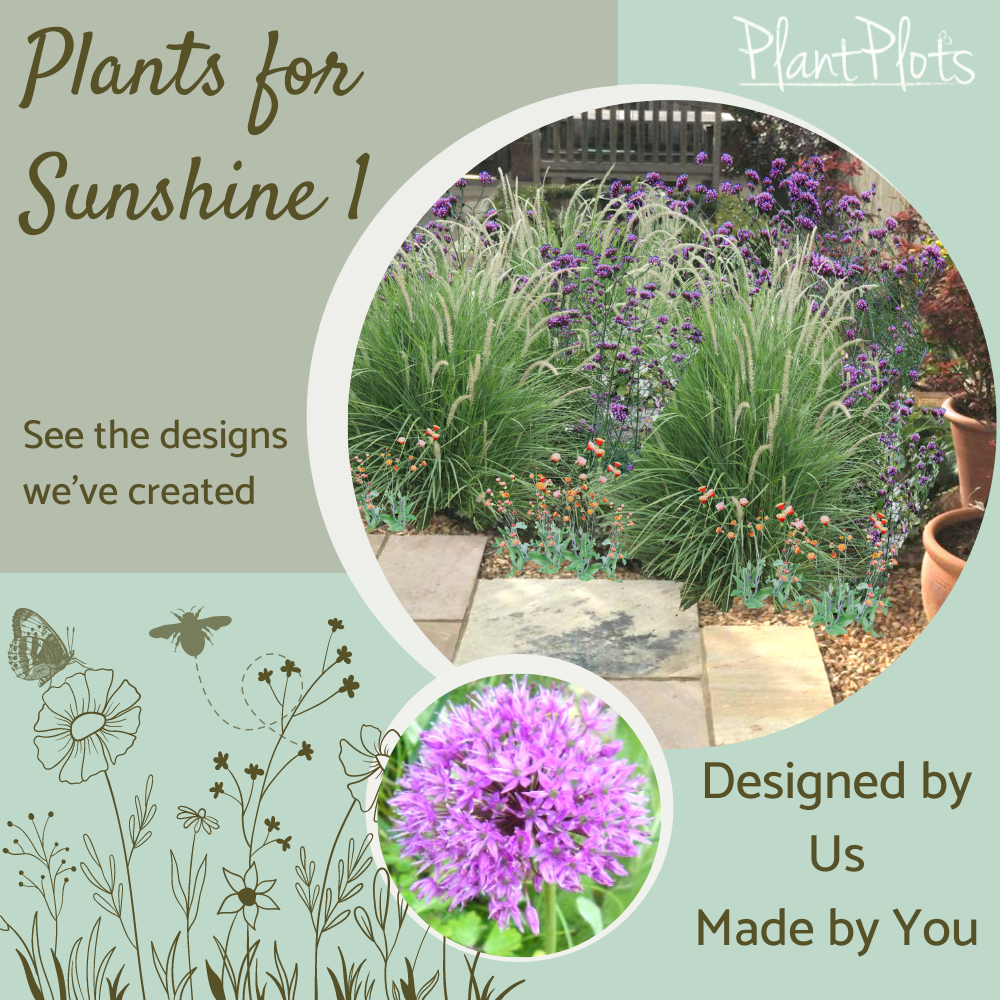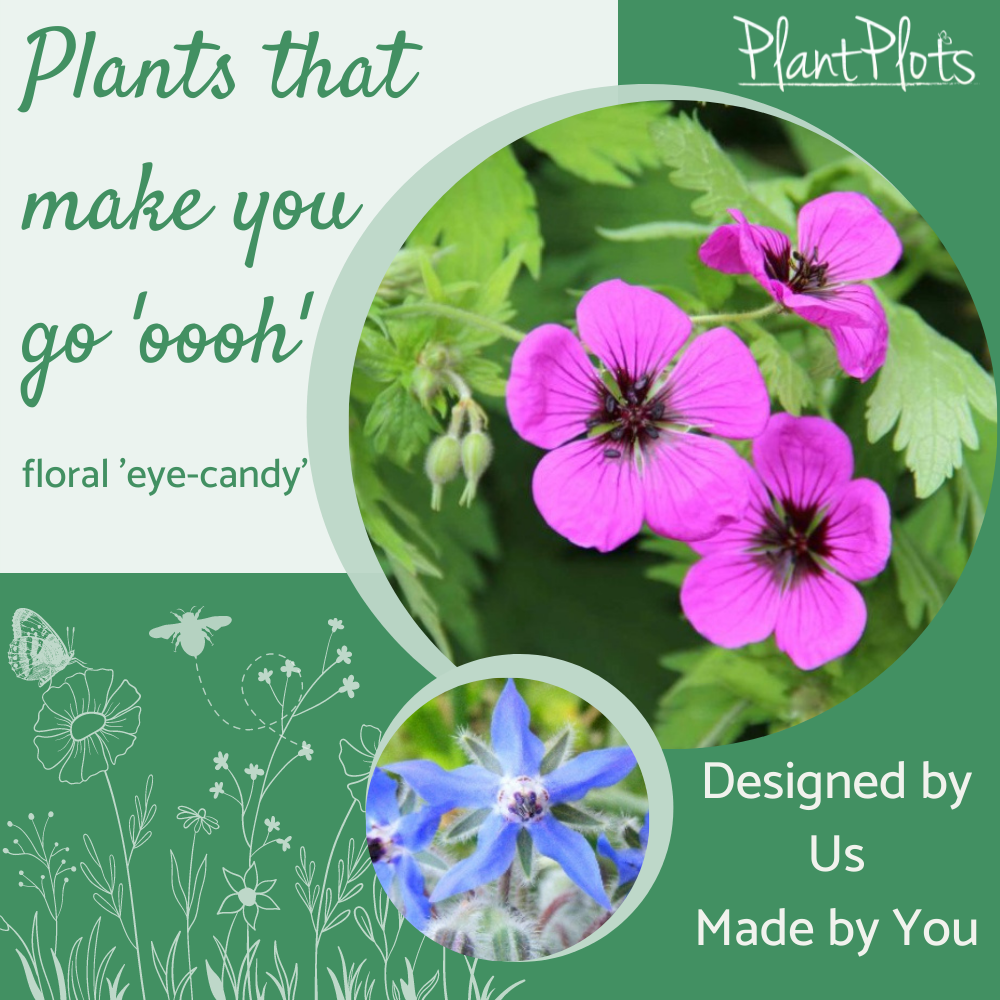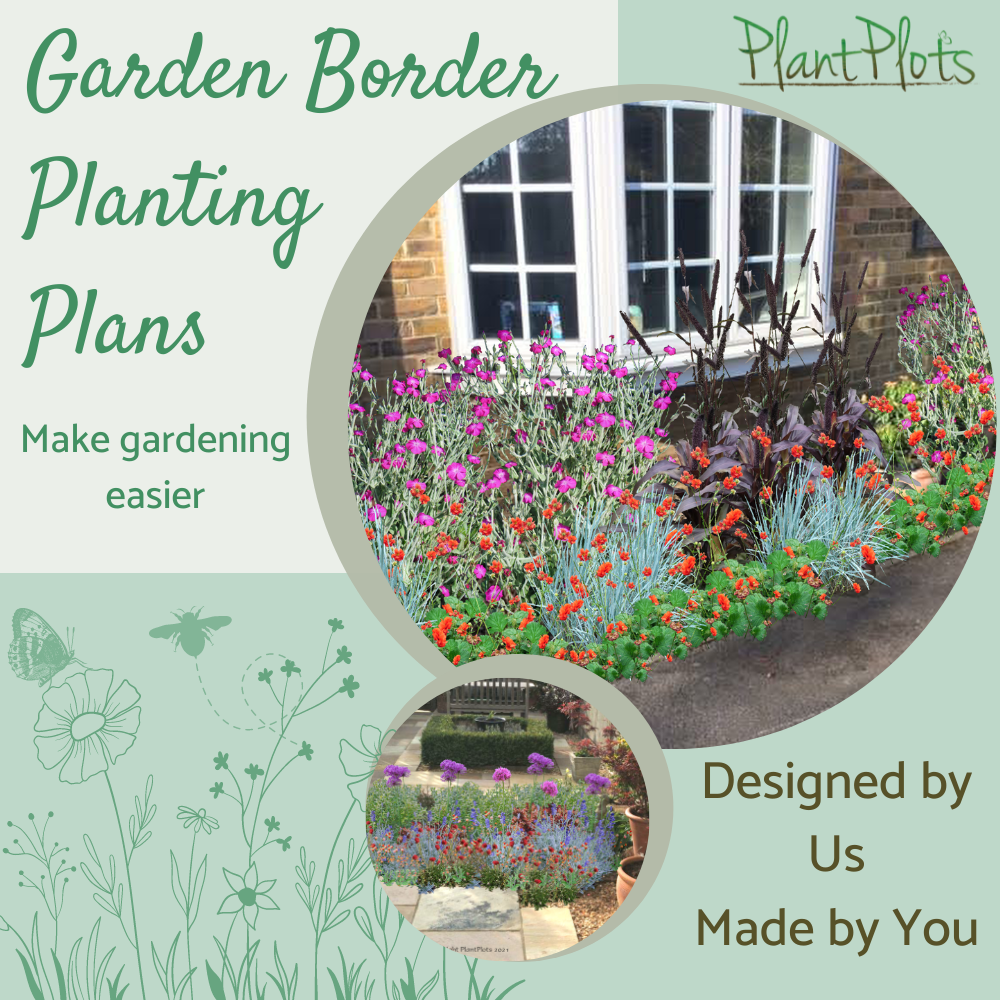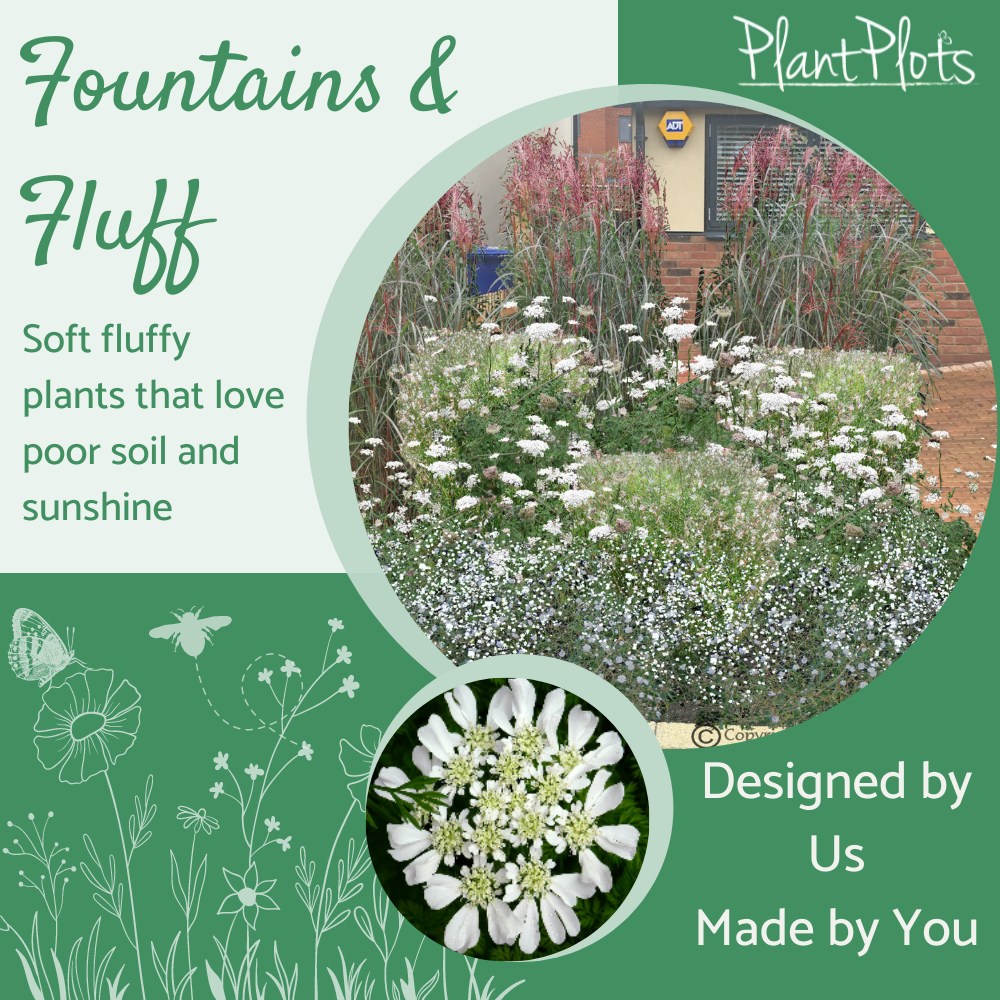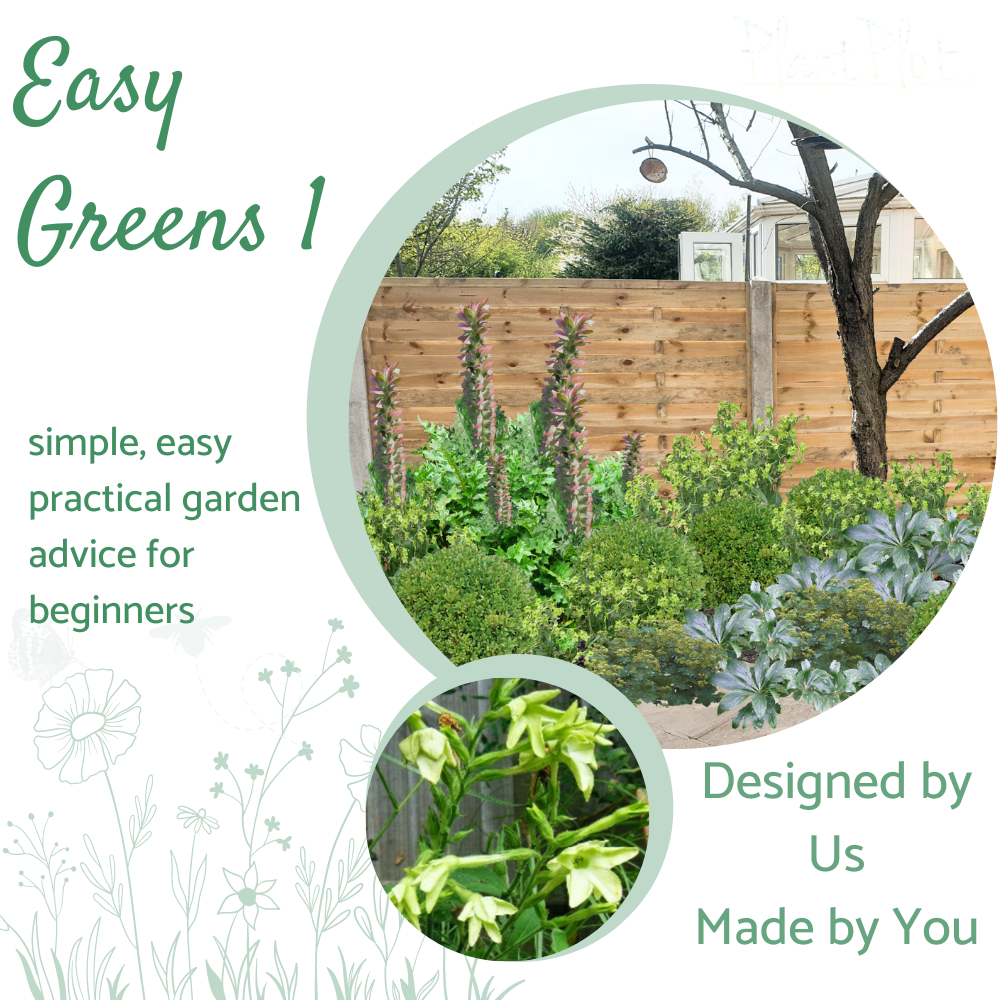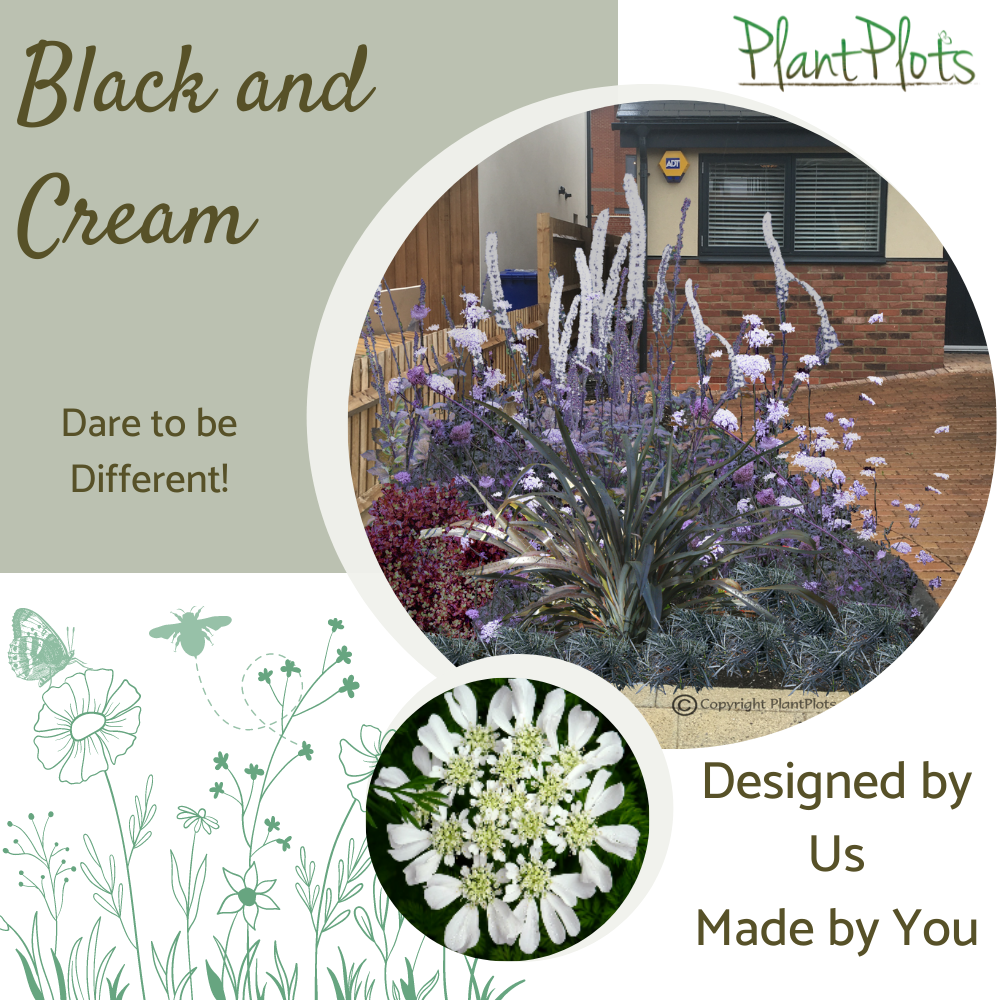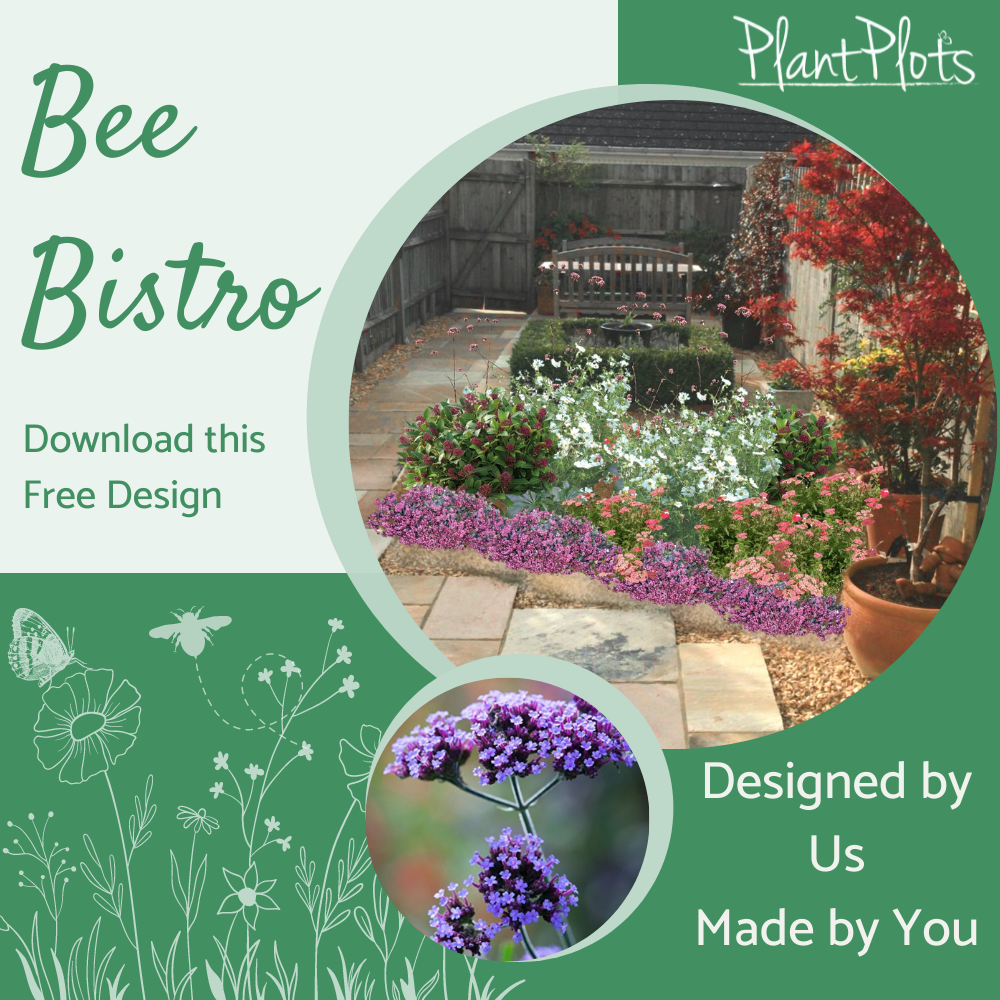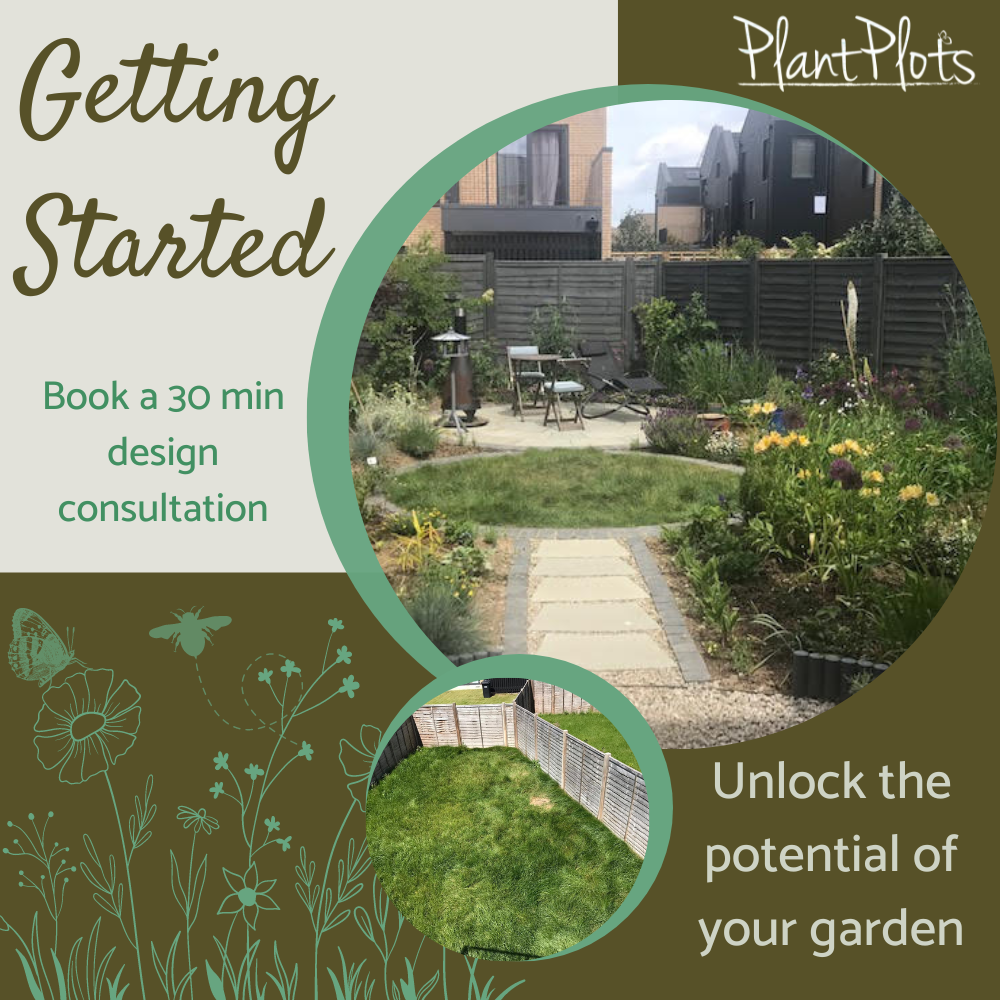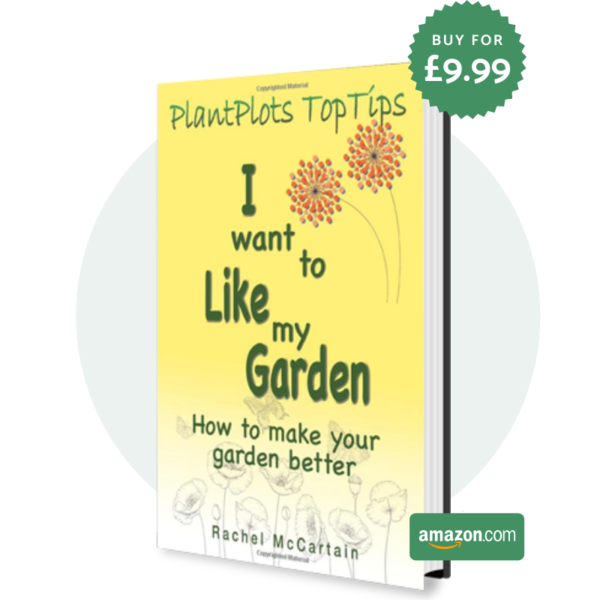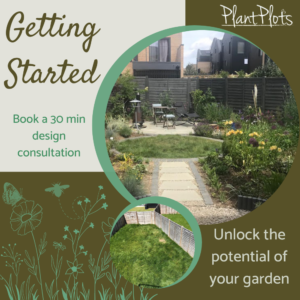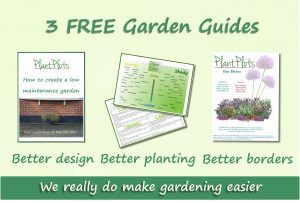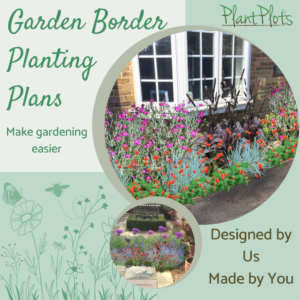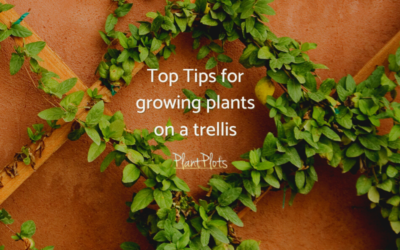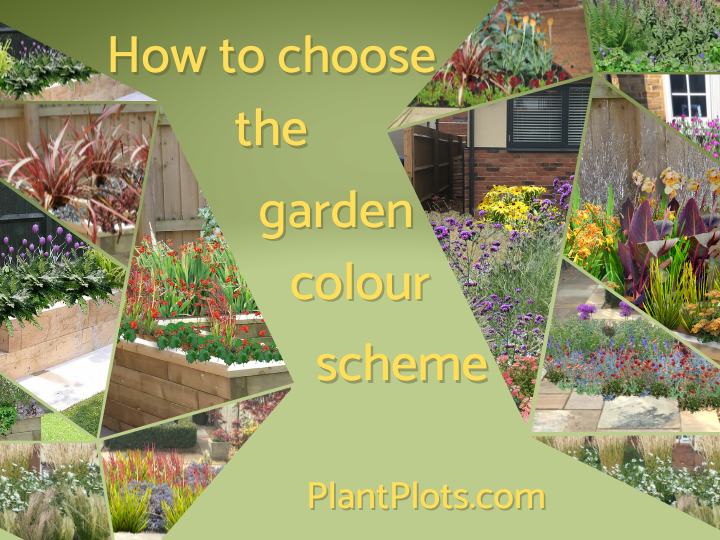
How to choose a Garden Colour Scheme
As a garden designer, I am often asked for help determining the colour themes to be used or more often working out what and how to plant. We all know the power that different colours have, the differing tones make us feel warm or happy, and can help us feel calm or invigorated. Choosing the garden colour scheme is important, it helps sets the tone for the garden and how it makes us feel in that space.
All too often though these colour themes can look forced and artificial, so I thought I would help you by giving you a few ‘rules of thumb’ when it comes to choosing the colours of the flowers you have in your garden.
Top Tip:
Gardens are not outdoor rooms, you cannot apply interior design principles to a garden. Nature does not exclude certain colours or shapes or plants, the landscape is merely a reflection of the plants that thrive in the conditions that prevail. So if you try to micro-manage the garden style and planting colour themes, the overall effect begins to look too sanitised.
The best approach is with a few guidelines.
- If you are using large flowers then use more natural-looking flower colours and shapes
- If the flowers are small, then their colours can be brighter and more noticeable
- Section the planting into seasons and use 2 main colours in each season
- Use brighter fresher colours for the spring
- Choose deeper and warmer colours for the Autumn
- In summer – anything goes
And lastly, follow the 80:20 rule.
The vast majority of the flowers in the garden should be good for pollinating insects. This will IMPROVE the biodiversity in the garden and that will help maintain the health of the plants in the garden.

Choosing Colours by the Season
It is all very well to say use this shade of blue or that shade of yellow, in the border, but how can you actually work out which plants to use when you aren’t a plant expert? To help you there is a method I use to simplify the way you search for the right plant. It starts with a small spreadsheet.
Mark out the months and then decide on the colour you want to use for the seasonal colour scheme. In this case, the spring months will use blue and yellow flowers, and in the autumn the flowering scheme will alter to a richer palette of oranges, golden yellow or purple.
Then for each month section this into 3 blocks. To create a full-looking border, you need plants of differing heights, in this case, we are looking for flowers of differing heights,, so each block represents an approximate height the flowers will be.
In this case it is under 25cm tall, under 50cm and under 80cm tall. Now you add a colour to each block.
How does this help?
This is not a perfect method, but it does simplify the choices, because now by looking at each block you can identify what you need. For example, in March you will need a blue flower under 50- 80cm high, along with yellow flowers under 25cm and white ones under 50cm.
This is where the internet is fantastic because you now type in “blue flowers, flowers March 80cm” or March flowers yellow 25cm” and see what the internet search results shows.
Now, you have a number of flowers that you can choose from, which narrows and simplifies the search for you.
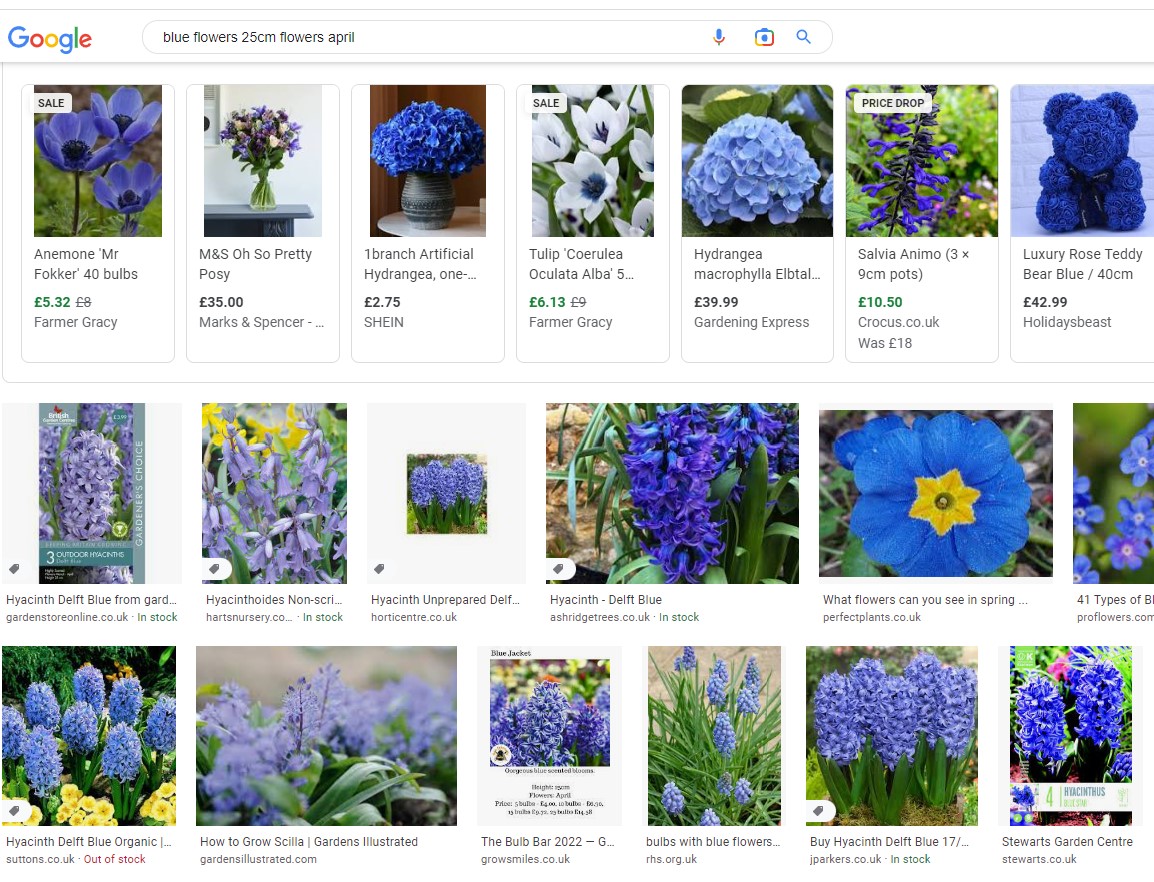
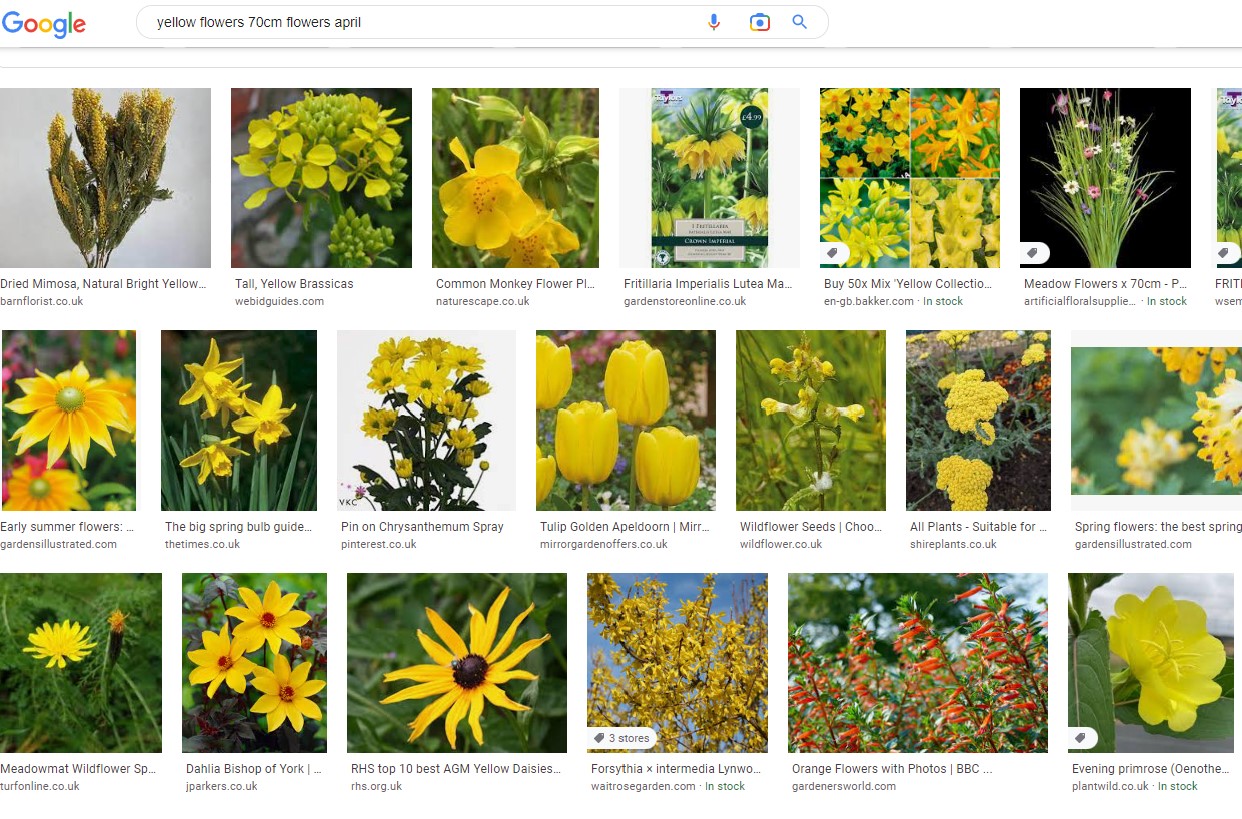
Dos and Dont’s
There are literally thousands of plants to choose from nowadays, but for any garden planting scheme or design to look really attractive, I always believe the more natural looking the tones and shades of the flowers are, the better the overall look.
If you are reading this (and thank you by the way) you probably will have a normal-sized garden, and not a large open sweep of a long flower border to fill which does change the planting density within the garden. If you aimed to copy images from professionally created gardens, you may be tempted to flood the garden with colour.
But you can have too much of a good thing, and in a smaller space, being surrounded by a cacophony of colour can be a bit overwhelming. By using more natural colour tones, you can flood the area with pops of colour instead.
Repeating one colour across a garden joins all the areas of the garden together, without it overwhelming the senses.
This is impressive, but a bit too much for a small garden!
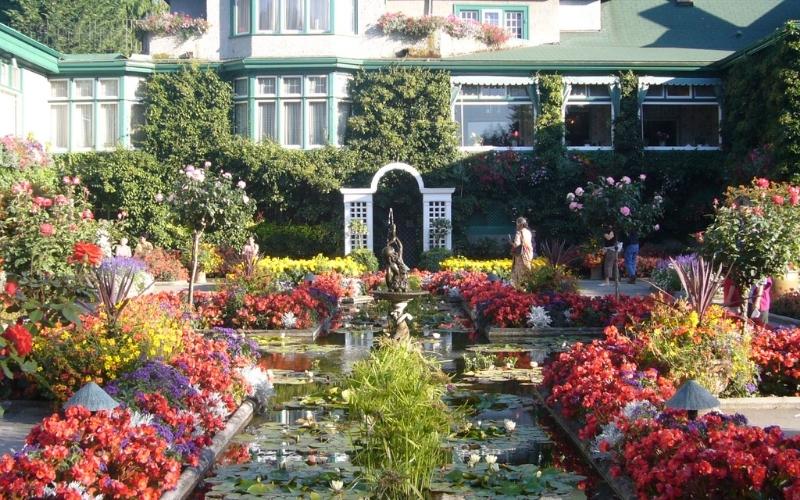
Colours like this are hard to blend into a garden
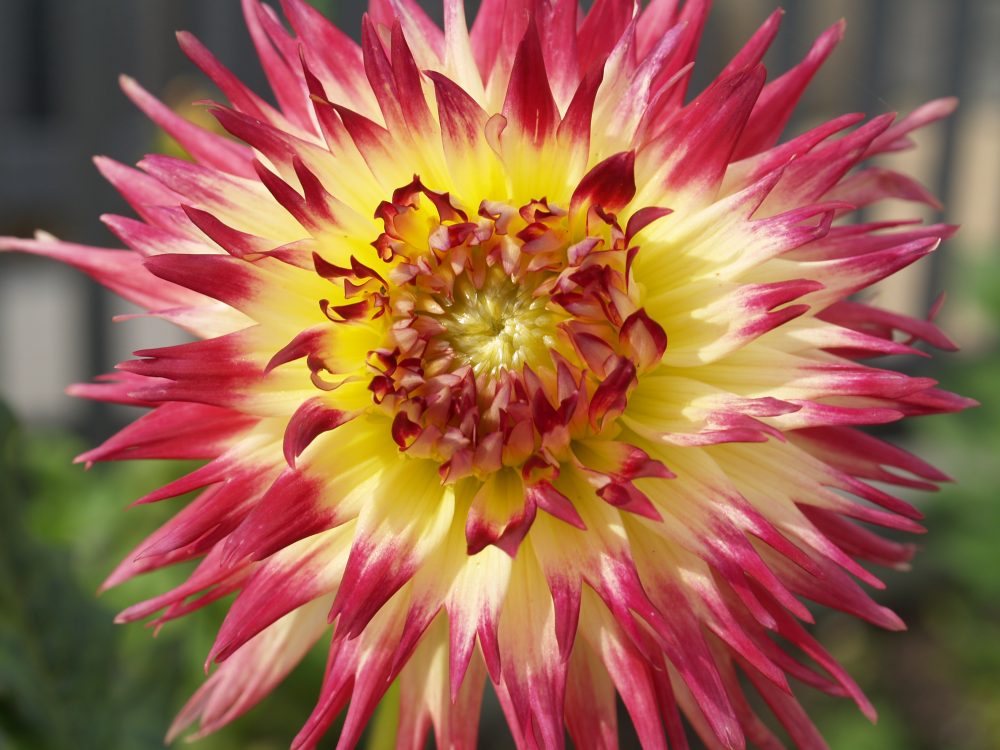
Aim for 'pops' of colour instead
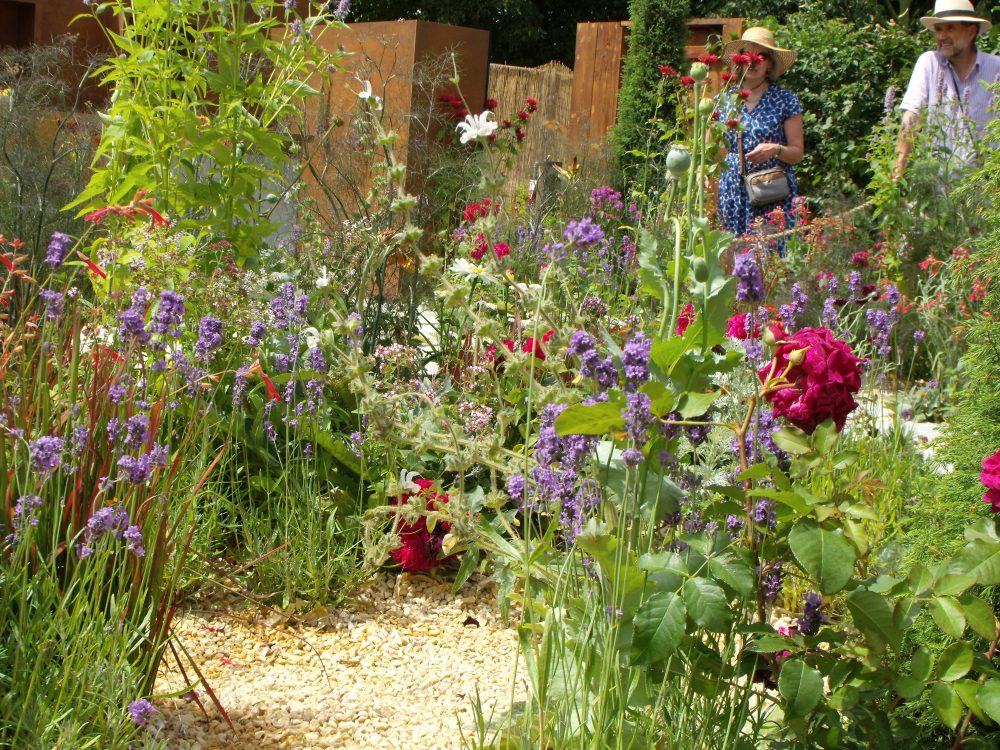
Think like Mother Nature
So far you have a plan for choosing colours, a simpler method for finding out which plants to use and a basic idea of what not to do. The last piece of the jigsaw is how to site the plants in the garden, and the best advice is to think like Mother Nature.
There are going to be one or two colours or plants that you will repeat around the garden, so these are the ones you need to think like Mother Nature. If the plant grows in one particular spot, where else in the garden could it grow? This is decided by two things, where the wind blows and where the sun shines. The only way that plant can distribute itself around naturally is with seeds.
Where would the seeds blow to and land, could the plant grow there by itself (i.e is there enough sunshine?) if the answer is yes – plant. If the answer is no, don’t plant.
You will find you get pockets of plants in certain areas, but what you won’t get is a more mathematically and symmetrically distributed plant layout. This is what makes any border look forced or artificial.
We can’t stop our natural tendency to ensure an even distribution of objects/plants/anything! Nature ensures that the plants that survive are the ones suited for that particular spot, plants that are less suited simply die back. So IF you can resist the temptation to evenly distribute the plants around the borders and think about how Mother Nature would do the planting instead, you will have a much more impressive-looking garden along with a fabulous garden colour scheme!
Planting Ideas
If having read all of this article, you are still undecided on the garden colour scheme, then I have created a whole range of border planting ideas for you. These can all be found in the Shop. There are colour-themed plans, ideas for planting collections of pots for the patio, and whole garden style sheets helping you coordinate your planting better. Each border planting idea details all the plants you need along with 3 alternative layout plans and an aftercare guide.
These really do make choosing plants for the garden so much easier!
Contact Rachel for some help with working out your planting plan for next year
Book a 30 minute design consultation.
Helping you make your garden better
Now clearly we could write a book on garden design that will help you plan even the narrowest of gardens better – which is brilliant because there IS a book to help you
I Want to Like my Garden by Rachel McCartain available at Amazon and other online bookstores in eBook and Paperback
